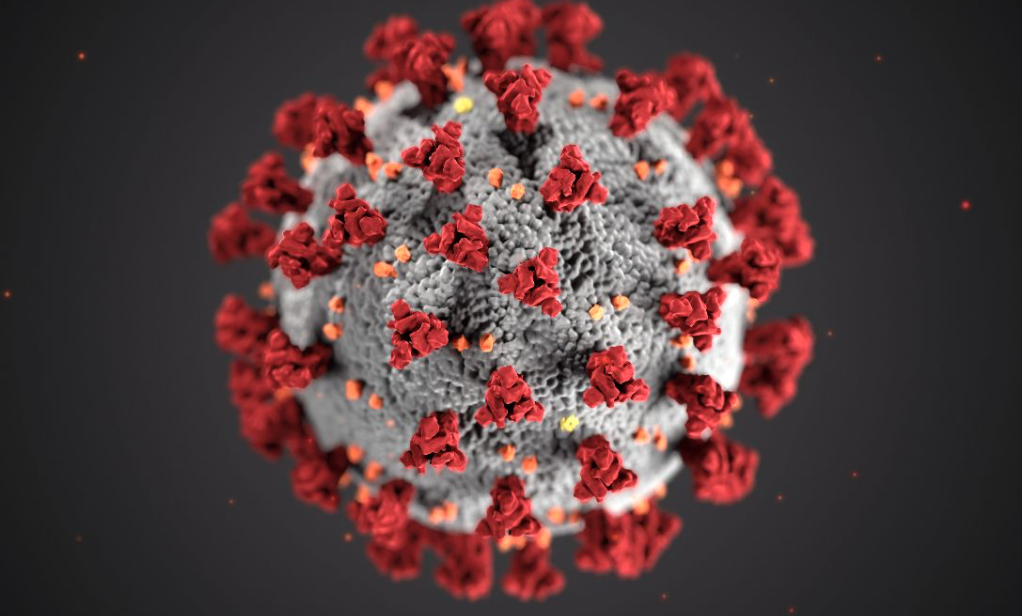 Covid-19 first arose in Wuhan, China when it jumped from an animal carrier to the first human subject. It was highly infectious and humans, encountering it for the first time, had no immunity against it. Many of the people carrying the infection had no symptoms of disease, causing it to spread silently to large groups of people, who ultimately, thanks to frequent worldwide air travel, spread the disease around the world.
Covid-19 first arose in Wuhan, China when it jumped from an animal carrier to the first human subject. It was highly infectious and humans, encountering it for the first time, had no immunity against it. Many of the people carrying the infection had no symptoms of disease, causing it to spread silently to large groups of people, who ultimately, thanks to frequent worldwide air travel, spread the disease around the world.
The medical community in Wuhan has had more time to study the disease than anyone else, and a paper describing their findings has appeared on the MedRXive preprint server. The researchers examined the records of over 26,000 people.
- 1,470 were hospitalized patients with Covid-19
- 3,832 were healthcare workers who had not been diagnosed with Covid-19 but had likely been exposed to it
- 19,555 were generalized workers in the community, who had not been diagnosed with Covid-19
- 1,616 were people who had been admitted to hospitals for reasons other than Covid-19
 The test subjects were tested for the presence of immunoglobulin G (IgG), the production of which is an immune system response to infection. Testing occurred between 33 and 50 days after the onset of symptoms.
The test subjects were tested for the presence of immunoglobulin G (IgG), the production of which is an immune system response to infection. Testing occurred between 33 and 50 days after the onset of symptoms.
- Among people hospitalized for Covid-19, 89.8% tested positive for IgG antibodies.
- Among healthcare providers, 4.0% tested positive for IgG antibodies.
- Among general workers, 4.6% tested positive for IgG antibodies.
- Among patients hospitalized for reasons other than Covid-19, 1.0% tested positive for IgG antibodies
As expected, people hospitalized for Covid-19 tested positive to a high degree (89.8%). Surprisingly, healthcare providers who had been heavily exposed to diseased individuals before community spread was widely understood, and before personal protective equipment (PPE) was widely available, tested positive at a very low rate (4.0%). It is no surprise that both the general population and the patients admitted to the hospitals for reasons other than Covid-19 also had a low prevalence of positive tests.
The fact that many people were infected but did not exhibit any symptoms caused the disease to spread rapidly until Wuhan’s lockdown was put into place. People who didn’t know they were infected did not practice social distancing or wear masks.
The low rate of positive tests among exposed health care providers indicates that this population largely remained asymptomatic and successfully cleared the virus before being tested. No long-lasting antibodies remained, which means that survivors of the infection are susceptible to reinfection after a period of only a couple of months post-recovery.
Since the immunity conferred by having survived a Covid-19 infection appears to be short-lived, prospects for the attainment of herd immunity in a population are dim. This means that the much-hyped prospect of a vaccination arriving in the next six to twelve months may not be the cure-all that people are hoping for. It appears that we will have to live with Covid-19 over the long haul. Some countries, e.g. China and Iceland, have done a much better job of coping with Covid-19 than others. It would be a good idea to study what is working for them and try to emulate it.
BIO:
Allen G. Taylor is a 40-year veteran of the computer industry and the author of over 40 books, including Develop Microsoft HoloLens Apps Now, Get Fit with Apple Watch, Cruise for Free, SQL For Dummies, 9th Edition, Crystal Reports 2008 For Dummies, Database Development For Dummies, Access Power Programming with VBA, and SQL All-In-One For Dummies, Third Edition. He lectures internationally on astronomy, databases, innovation, and entrepreneurship. He also teaches database development and Crystal Reports through a leading online education provider. For the latest news on Allen’s activities, check out his blog at wwwallengtaylor.com or contact him at allen.taylor@ieee.org.